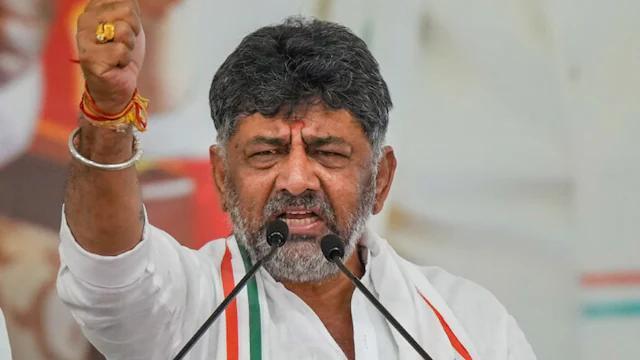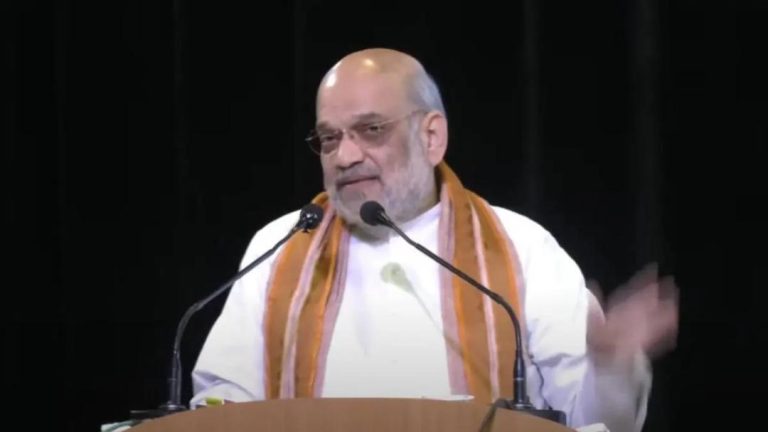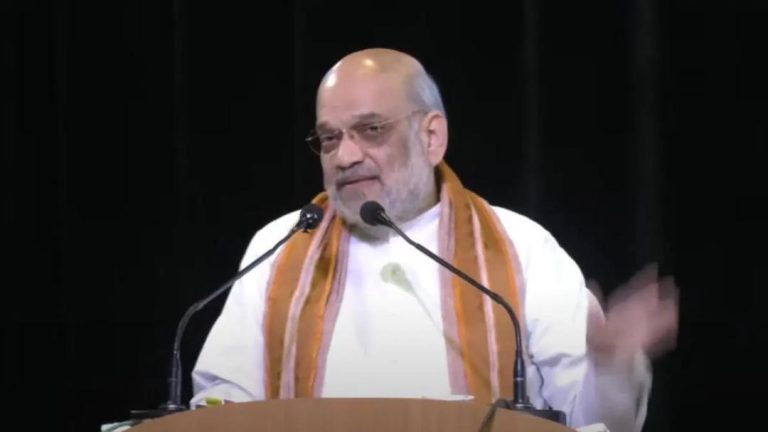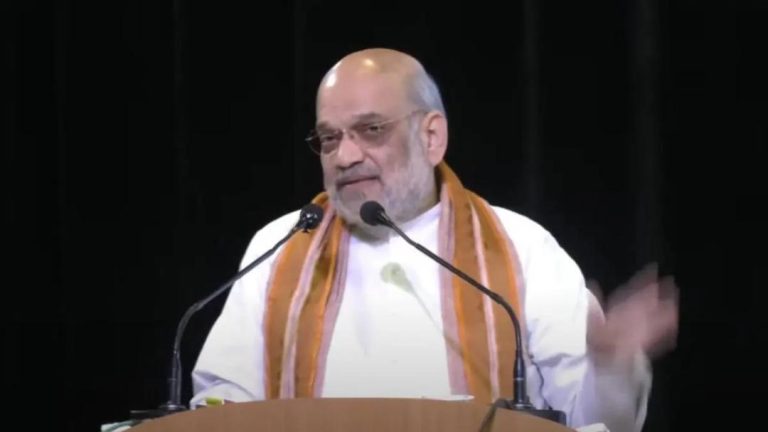
Even God Can’t Change B’luru in 2-3 Years: K’taka Dy CM Shivakumar
Bengaluru, the silicon valley of India, has been grappling with issues of traffic congestion, air pollution, and infrastructure woes for quite some time. The city’s rapid growth and influx of people have put immense pressure on its infrastructure, leading to a plethora of problems. In an astonishing statement, Karnataka Deputy Chief Minister DK Shivakumar recently admitted that even God cannot change Bengaluru in just two to three years. According to him, the city’s transformation can only be achieved through proper planning and execution.
Shivakumar’s remarks came as he launched a handbook on roads, which provides guidelines for planting saplings, erecting poles, designing main roads, designing smaller roads, traffic discipline, and designing bus stands. The handbook is aimed at improving the city’s infrastructure and making it more livable for its citizens.
The Deputy Chief Minister’s statement is a wake-up call for the authorities and residents of Bengaluru, highlighting the enormity of the task ahead. Changing the city’s landscape and infrastructure will require a concerted effort from all stakeholders, including the government, private sector, and citizens.
Bengaluru’s infrastructure woes are well-documented. The city’s roads are congested, its public transportation system is inadequate, and its air quality is poor. The city’s rapid growth has put a strain on its resources, leading to issues of water scarcity, waste management, and housing.
The city’s infrastructure problems are not only a matter of concern for its residents but also have a significant impact on the city’s economy. Bengaluru is a major hub for IT and startup companies, and its infrastructure woes can affect the productivity and competitiveness of these industries.
The handbook launched by Shivakumar is a step in the right direction towards addressing the city’s infrastructure problems. The guidelines provided in the handbook are aimed at improving the city’s roads, public transportation, and traffic discipline.
The handbook’s focus on planting saplings and erecting poles is an acknowledgement of the importance of green spaces in improving the city’s air quality and aesthetic appeal. Bengaluru’s green spaces have been dwindling in recent years, leading to concerns about the city’s environmental sustainability.
The design of main roads and smaller roads in the handbook is aimed at improving traffic flow and reducing congestion in the city. Bengaluru’s roads are notorious for their congestion, which can lead to frustration and stress for its residents and commuters.
The handbook’s emphasis on traffic discipline is also a crucial aspect of improving the city’s traffic situation. Bengaluru’s traffic police have been struggling to maintain order on the city’s roads, leading to frequent traffic jams and accidents.
The design of bus stands in the handbook is aimed at improving public transportation in the city. Bengaluru’s public transportation system is inadequate, leading to a reliance on private vehicles and contributing to the city’s traffic congestion.
The handbook is not a panacea for Bengaluru’s infrastructure woes, but it is a step towards addressing the city’s problems. The success of the handbook will depend on its implementation and the commitment of the authorities and residents to its goals.
In conclusion, Shivakumar’s statement that even God cannot change Bengaluru in two to three years is a stark reminder of the enormity of the task ahead. Changing the city’s landscape and infrastructure will require a concerted effort from all stakeholders. The handbook launched by Shivakumar is a step in the right direction, and its implementation will be crucial in improving the city’s infrastructure and making it a more livable place for its citizens.






